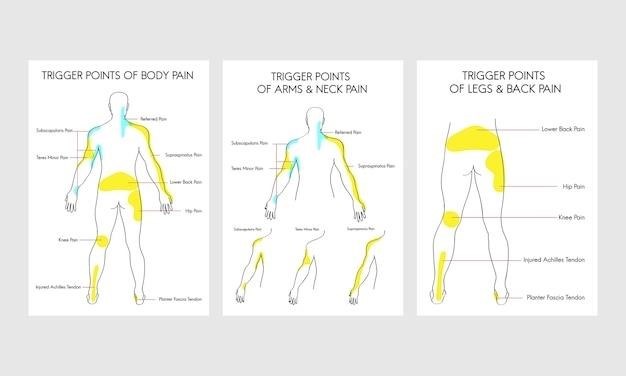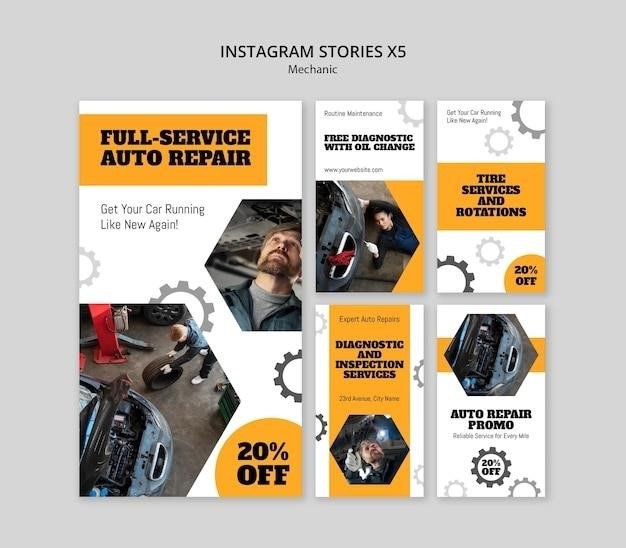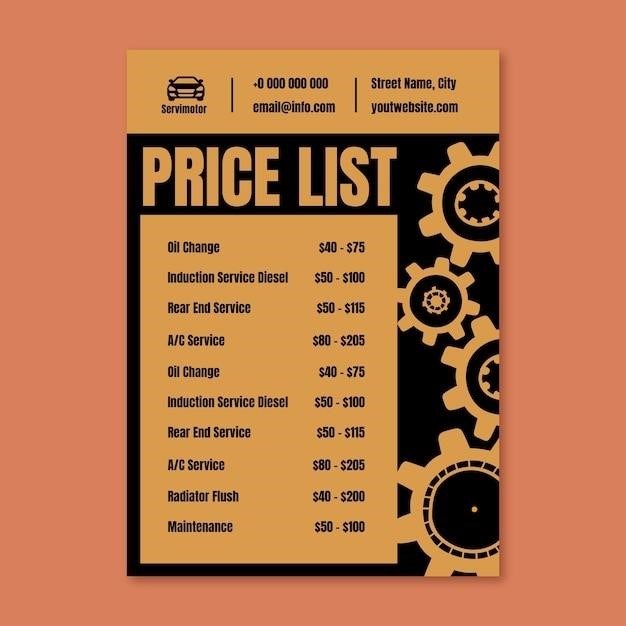The Little Frog’s Guide to Self-Care
This guide offers little frogs practical self-care advice. Learn to prioritize well-being through healthy habits, mindfulness, play, and connecting with others. Discover routines for hygiene, sleep, nutrition, and managing emotions. Role-playing self-care tasks helps build confidence and independence.
Building Healthy Habits
Establishing healthy habits is crucial for little frogs’ well-being. Start by incorporating simple, manageable routines into their daily lives. For example, encourage regular handwashing to promote hygiene and prevent illness. Make brushing teeth a fun activity, perhaps with a favorite song or timer. A consistent bedtime routine, including a calming activity like reading a story, will prepare them for restful sleep. Incorporate regular physical activity into their day. This could involve short bursts of play, such as jumping, running, or simple games. Remember that consistency is key; positive reinforcement and encouragement will help them form lasting healthy habits. Don’t underestimate the power of small, achievable goals. Celebrate successes, no matter how small, to build their confidence and motivate continued healthy choices. Remember, building healthy habits takes time and patience; be supportive and understanding throughout the process. A balanced approach that incorporates fun and positive reinforcement is the most effective way to help little frogs develop healthy lifestyle choices.
The Importance of Deep Breaths and Mindfulness
Deep breaths and mindfulness techniques are powerful tools for little frogs to manage stress and big feelings. Teaching them simple breathing exercises, like belly breathing, can help calm their nervous systems. Guide them to focus on the sensation of their breath entering and leaving their bodies. Incorporate mindfulness activities into their daily routines. This could involve paying close attention to the textures of objects, listening to sounds in nature, or focusing on the taste of food. Introduce them to guided meditations designed for children. These often use storytelling or imagery to make the practice engaging and fun. Encourage them to notice their emotions without judgment. Help them identify and name their feelings, allowing them to understand and process them more effectively. Mindfulness isn’t about emptying their minds; it’s about gently guiding their attention back to the present moment when their thoughts wander. Regular practice of these techniques equips little frogs with valuable coping skills for navigating challenges and developing emotional regulation. Remember to make it a positive and enjoyable experience.
Fun Self-Care Activities⁚ Play and Creativity
Incorporate playful activities into a little frog’s self-care routine. Play is a natural stress reliever and a fantastic way to boost their mood. Suggest engaging in creative pursuits like drawing, painting, sculpting with playdough, or building with blocks. These activities encourage self-expression and provide a healthy outlet for emotions. Suggest imaginative play, where they can create their own worlds and stories, fostering problem-solving skills and emotional regulation. Encourage participation in outdoor play, whether it’s running, jumping, climbing, or simply exploring nature. The fresh air and physical activity can significantly improve mood and reduce stress. Baking or cooking together can be a fun, shared experience that teaches valuable life skills and promotes bonding. Listening to music, dancing, or singing are also excellent ways to express feelings and uplift their spirits. Remember to tailor activities to their interests and age, ensuring the experiences are enjoyable and promote a sense of accomplishment and self-esteem. The key is to make self-care fun, promoting positive associations with these activities.
Connecting with Others⁚ The Power of Friendship
Strong social connections are crucial for a little frog’s well-being. Encourage them to nurture friendships and build positive relationships with peers and adults. Friendships offer support, companionship, and a sense of belonging, which are vital for emotional health and development. Explain the importance of healthy communication and conflict resolution skills within friendships. These skills are essential for navigating social dynamics and maintaining positive relationships. Suggest activities that foster connection, such as group games, shared hobbies, or collaborative projects. These activities promote teamwork, cooperation, and a sense of shared accomplishment. Emphasize the importance of empathy and kindness in friendships. Teaching children to understand and respond to the feelings of others strengthens emotional intelligence and builds stronger bonds. Regular family time is also crucial. Shared meals, storytelling, or games contribute to a strong family bond and provide a supportive environment for emotional growth. Encourage participation in community activities or volunteering. Contributing to something larger than themselves fosters a sense of purpose and connection to the wider community. Remember, nurturing relationships is an ongoing process, and consistent effort yields a richer, more fulfilling life for the little frog.
Self-Care Routines for Little Frogs
Establishing consistent self-care routines is key to a little frog’s well-being. These routines provide structure and predictability, fostering a sense of calm and control. Start by creating a simple morning routine that includes activities like gentle stretching, a healthy breakfast, and quiet time for reflection or reading. Incorporate a relaxing evening routine to wind down before bed. This could involve a warm bath, reading a favorite book, or listening to calming music. Make the routines age-appropriate and enjoyable. Involve the little frog in creating the routine to increase their ownership and engagement. Visual aids like charts or checklists can be helpful, especially for younger frogs. Consistency is key; maintain the routines as much as possible, even on weekends or during holidays. Flexibility is also important; adjust the routines as needed to accommodate changes in schedule or unexpected events. Celebrate successes and acknowledge efforts, reinforcing positive self-care habits. The aim is to instill a lifelong habit of self-care, not to create rigid expectations. Remember, the goal is to create a sense of calm and well-being through these routines, not to add stress. Adapt and modify the routines as your little frog grows and their needs change.

Taking Care of Your Body⁚ Hygiene and Sleep
Personal hygiene is a crucial aspect of self-care. Regular handwashing, brushing teeth twice daily, and showering or bathing help maintain cleanliness and prevent illness. Make hygiene fun by using colorful towels, fun-scented soaps, and age-appropriate toothbrushes. Teach little frogs the importance of nail hygiene and hair care. Explain how these practices contribute to overall health and well-being. Sufficient sleep is equally vital. Aim for 8-10 hours of quality sleep each night. Establish a consistent bedtime routine that signals the body it’s time to rest. This could include a warm bath, reading a book, or listening to calming music. Ensure the sleeping environment is dark, quiet, and cool. Avoid screen time before bed, as the blue light emitted can interfere with sleep. Regular physical activity helps promote better sleep. Encourage little frogs to engage in age-appropriate physical activity throughout the day. If sleep problems persist, consult a healthcare professional. Emphasize the connection between good hygiene, adequate sleep, and overall health and happiness. Positive reinforcement and a supportive environment encourage healthy habits.
Nutrition for Little Frogs⁚ Fueling Your Energy
Proper nutrition is essential for a little frog’s growth, development, and overall well-being. A balanced diet provides the energy needed for play, learning, and daily activities. Encourage consumption of a variety of fruits and vegetables, offering colorful options to make them appealing. Incorporate whole grains like brown rice and whole-wheat bread for sustained energy release. Lean proteins, such as chicken, fish, and beans, are vital for muscle building and repair. Dairy products or alternatives provide calcium for strong bones and teeth. Limit sugary drinks and processed foods, which often lack nutritional value and can contribute to health problems. Make mealtimes enjoyable and stress-free. Involve little frogs in meal preparation to increase their interest in healthy eating. Pack nutritious snacks for school or outings to avoid unhealthy impulse choices. Explain the importance of each food group and how they contribute to different aspects of health. Regular meals and snacks prevent energy crashes and maintain stable blood sugar levels. Remember, hydration is crucial; encourage little frogs to drink plenty of water throughout the day. A healthy diet fuels their bodies and minds, supporting their overall growth and development.
Managing Big Feelings⁚ Coping Mechanisms
Little frogs, like all creatures, experience a wide range of emotions. Learning to manage these feelings is a crucial part of self-care. When big feelings arise—sadness, anger, frustration, or fear—it’s important to acknowledge and validate them. Avoid dismissing or minimizing a little frog’s emotions; instead, create a safe space for them to express themselves. Teach simple coping mechanisms, such as deep breathing exercises. Inhale slowly through the nose, hold for a few seconds, and exhale slowly through the mouth. This can help calm the nervous system. Encourage physical activity like running, jumping, or dancing to release pent-up energy. Creative expression, through drawing, painting, or playing music, can also be therapeutic. Mindfulness techniques, such as focusing on the present moment, can help little frogs detach from overwhelming emotions. Talking about feelings with a trusted adult, such as a parent or teacher, provides emotional support and guidance. Reading books about emotions and coping strategies can help normalize feelings and provide healthy examples. Remember that it’s okay to feel a range of emotions; the key is learning healthy ways to manage them and seek support when needed. Building emotional resilience is a lifelong process, and consistent practice makes it easier to navigate challenging feelings.
Understanding Your Body⁚ Recognizing Needs
Learning to understand your body’s signals is fundamental to self-care. This involves paying attention to physical sensations and emotional cues. Little frogs need to recognize hunger and thirst cues, ensuring they eat nutritious food and drink plenty of water throughout the day. Understanding the body’s need for rest is equally important. Adequate sleep is essential for physical and emotional well-being, allowing the body to repair and rejuvenate. Recognizing when you need to take a break from activities to avoid burnout is vital. Little frogs should learn to identify signs of tiredness, such as fatigue, irritability, or difficulty concentrating. Being able to distinguish between physical discomfort, such as a headache or stomachache, and emotional distress is also crucial. Understanding the connection between physical symptoms and emotions can help little frogs seek appropriate support. Teaching children to listen to their bodies and express their needs clearly is an essential life skill. Encouraging open communication about physical and emotional well-being fosters self-awareness and empowers little frogs to take control of their health. This understanding helps them develop healthy coping mechanisms and build confidence in their ability to take care of themselves. By understanding their bodies, little frogs learn to prioritize their well-being and make choices that support their overall health.

Role-Playing Self-Care⁚ Practice Makes Perfect
Role-playing offers a fun and effective way for little frogs to learn and practice self-care skills. Using toys, dolls, or even stuffed animals, children can simulate everyday routines like brushing teeth, washing their faces, or getting dressed. This playful approach makes learning less intimidating and more engaging. Through role-playing, little frogs can rehearse healthy habits in a safe and supportive environment. They can experiment with different scenarios and develop confidence in their abilities. For example, they can practice responding to challenging situations, such as managing feelings of frustration or sadness. Role-playing also allows for exploring different coping mechanisms and strategies. Children can practice deep breathing exercises or visualize calming scenarios while engaging in pretend play. This imaginative approach reinforces positive self-care behaviors. Parents and caregivers can participate in role-playing sessions, modeling healthy habits and providing guidance and support. By actively engaging in these activities, children develop a deeper understanding of self-care and its importance. Role-playing transforms learning into a positive and enjoyable experience, making self-care a natural part of their daily lives. This playful approach ensures that self-care becomes a habit, not a chore.





















